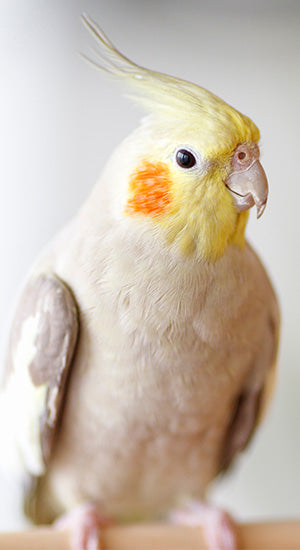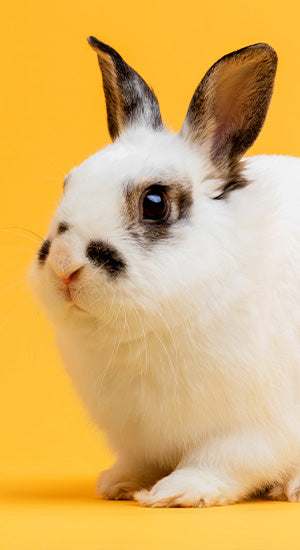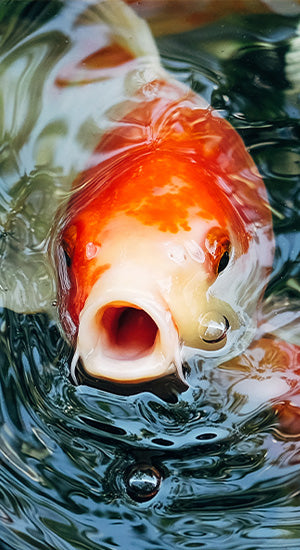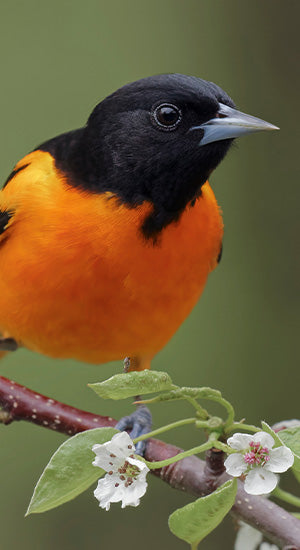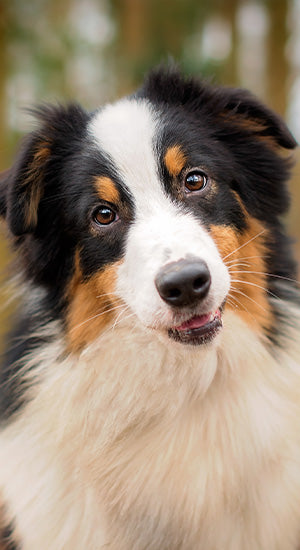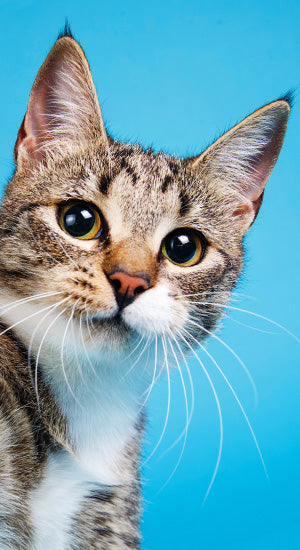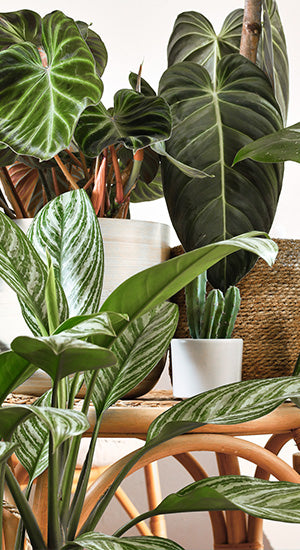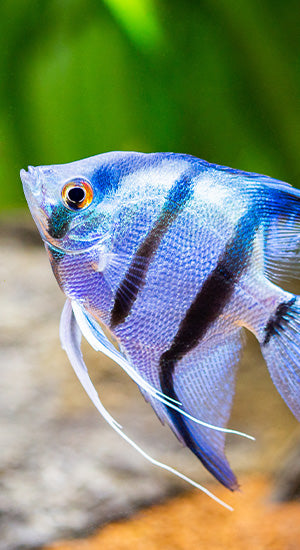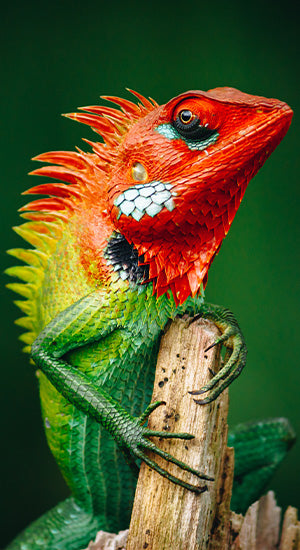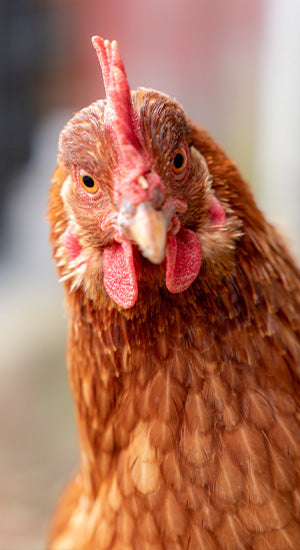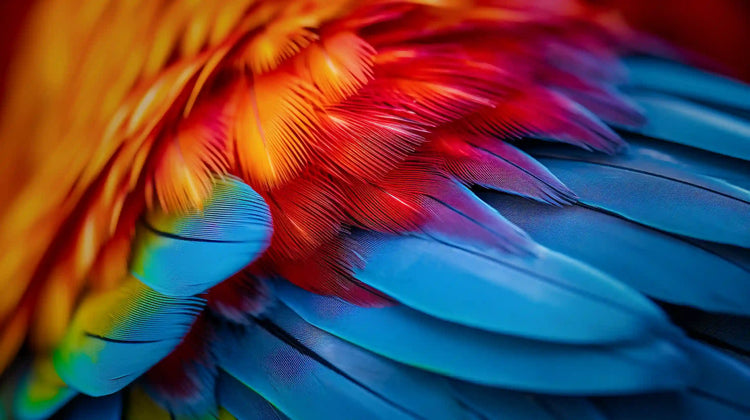
Birds and Parrots can be notoriously picky eaters, which can make transitioning them to a new diet a bit of a challenge.
Whether you’re moving your feathered friend from a seed-based diet to pellets or simply switching from one type of pellet to another, patience and a clear plan are key.
At Exotic Wings, we’ve helped countless bird owners navigate this process successfully. Below, we’re sharing our go-to transition method, along with a few extra tips and tricks to make the experience as smooth and stress-free as possible for both you and your bird.
Let’s Get Started!
First and foremost, don’t get discouraged if your bird doesn’t immediately take to their new food. This is perfectly normal.
Transitioning a bird’s diet is rarely an overnight process, it takes time, patience, and a little bit of experimentation. Each bird is unique, so progress may vary depending on their individual personality and habits.

Here is Our Preferred Method for Transitioning to a New Diet:
For this example, we’ll assume you’re transitioning from seeds to pellets, but this same philosophy works for moving from any type of food to another.
Step One: Separate Bowls
To begin keep your bird’s current food and new food available in separate bowls. Birds are natural foragers and they’ll instinctively sort through their food, tossing aside anything unfamiliar. (Including the new diet).
If you mix the two diets in a single bowl, your bird will likely focus on discarding the new food to get to the old, familiar diet. Separate bowls prevent this and make it easier for you to track exactly what they’re eating.
Step Two: Begin Gradual Mixing
That said, mixing foods still has a place in the transition process. In addition to the separate bowls, gradually start introducing small amounts of the new food into the old food bowl.
Begin with just a sprinkle of the new diet and slowly increase the ratio over time — working toward a 50/50 blend, and eventually, a full switch to the new diet.
We also highly recommend that anytime treat cups are used or fresh food is offered, those food bowls also include some of the new food. This reinforces exposure and helps your bird get used to the taste and texture in different contexts.
As the weeks go by, you can begin gradually reducing the amount of old food offered until the transition is complete.
*Important Health Check: Watch Their Droppings*
When making adjustments to your bird’s established diet it is REALLY important that you start taking extra care to pay attention to your bird's poops! The easiest way to make sure your bird is still eating properly is by paying close attention to their droppings. We recommend taking a photo of your birds droppings before you start making adjustments to have as a reference.
Before beginning the transition, take note of what your bird’s droppings normally look like when they’re eating their usual diet. Once the transition process starts make sure to check their newspaper / cage liner / bedding daily, to watch for changes.
If droppings become clear, white, or watery, it may indicate your bird is no longer eating enough — which is a sign to take action immediately.
A slight change in color can be normal, especially when switching from a dyed, colorful food to a natural, dye-free one. This is usually no cause for concern.
Additional Transition Tips & Hacks

These extra tricks can help encourage even the pickiest birds to try something new:
Offer seeds only in the afternoon!
Birds are typically hungriest first thing in the morning. By withholding seeds until later in the day, your bird may be more willing to try pellets when they’re most motivated to eat.
Position the pellet bowl higher than the seed bowl.
Birds naturally prefer to perch and eat at the highest point in their cage. Placing the new food slightly higher makes it more appealing and accessible.
Alternatively, position the pellet bowl near your bird’s favorite spot inside or just outside the cage to encourage exploration.
Additional Resources
Don't just take it from us. Here are links to several additional guides from trusted bird food manufactures which you can also read:
- HARI - Avicultural Institute
- Zupreem Transition Guide
- Top's Parrot Food Transition Guide
- Harrison's Bird Diets
In Conclusion
Every bird’s transition process is a little different, but we’ve seen consistent success with the separate bowl method combined with gradually mixing the new food into the old, along with offering the new food in addition to any treats or fresh foods offered throughout the day.
Be sure to offer the new food in all feeding locations - main bowls, treat cups, and fresh food dishes - to increase familiarity.
For especially stubborn eaters, try incorporating our extra hacks to make the transition easier. Remember, this isn’t a quick change. It can take anywhere from one week to possibly several months for a bird to fully adjust to a new diet.
With patience, persistence, and careful observation, you’ll set your feathered friend up for a lifetime of healthy eating.

